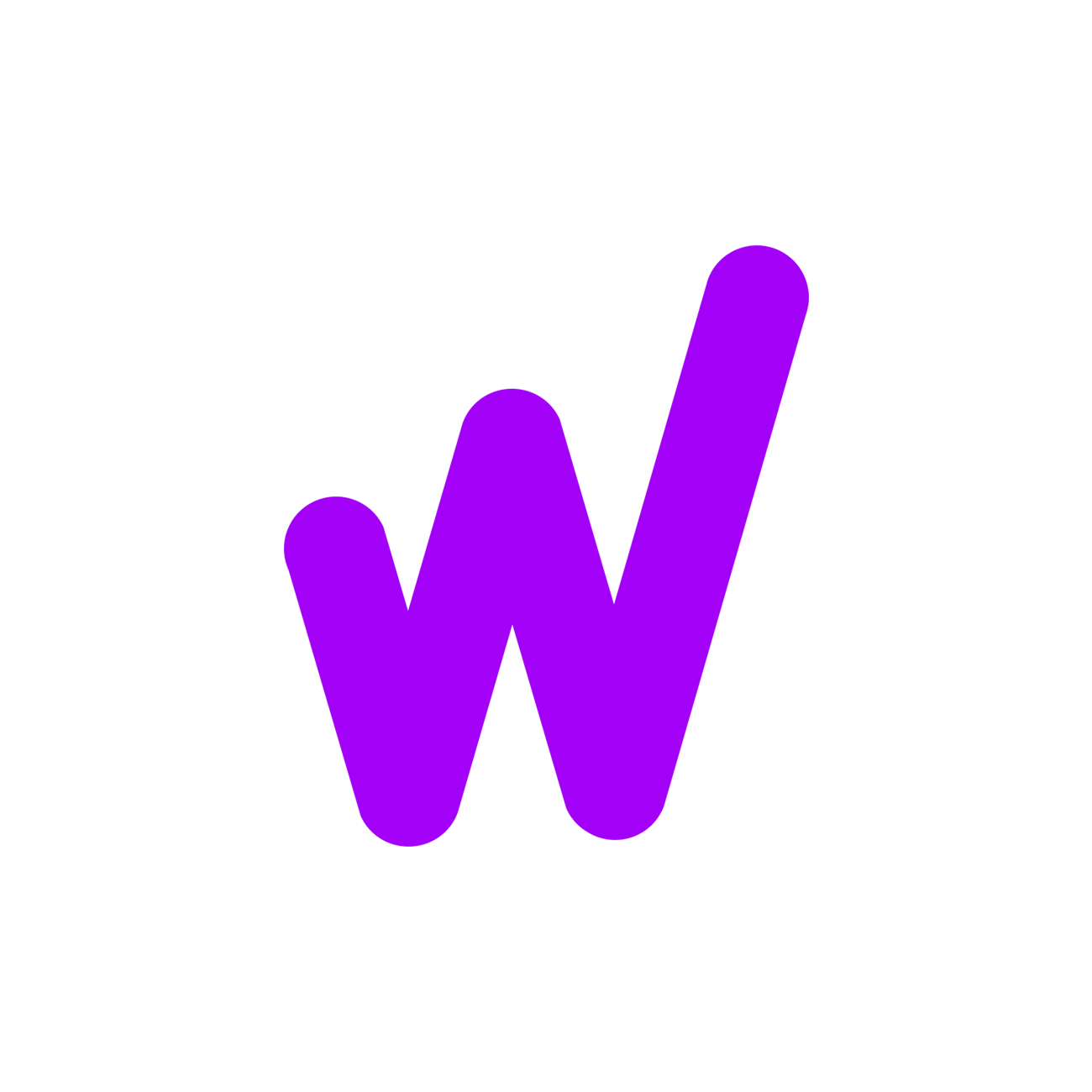The Fast-Moving Consumer Goods (FMCG) packaging market is undergoing a period of dynamic transformation, driven by changing consumer preferences, regulatory pressures, and the rising demand for sustainable and convenient packaging solutions. As the FMCG sector spans diverse products such as food and beverages, personal care, household items, and over-the-counter pharmaceuticals, the packaging industry plays a pivotal role in product differentiation, shelf appeal, and functional performance.
Market Overview
Packaging in the FMCG sector serves multiple critical functions—protecting products, extending shelf life, enhancing user convenience, and conveying brand identity. The global FMCG packaging market has grown consistently alongside urbanization, rising disposable incomes, and the proliferation of organized retail. However, its growth is increasingly shaped by trends such as eco-conscious consumption, e-commerce, and digital integration.
Innovative packaging formats such as pouches, resealable bags, and smart packaging are now commonplace, reflecting an industry in flux. Traditional materials like glass and metal are giving way to lightweight and recyclable plastics, bio-based films, and fiber-based solutions. The focus is shifting from purely functional packaging to one that aligns with environmental goals and enhances the customer experience.
Key Market Drivers
-
Consumer Demand for Convenience: Urban lifestyles have fueled demand for single-serve, ready-to-use, and easy-to-open packaging. Brands are adopting ergonomic, lightweight, and resealable designs to cater to busy consumers and extend product usability.
-
Sustainability and Environmental Concerns: With growing awareness of plastic pollution and climate change, both consumers and regulators are pushing for eco-friendly packaging. This includes recyclable, compostable, or reusable materials, along with minimalistic designs that reduce waste.
-
E-Commerce Growth: The rise of online shopping for FMCG products requires packaging that can withstand logistics while also offering aesthetic appeal. Tamper-evidence, protective layering, and compactness have become essential attributes.
-
Regulatory and Compliance Factors: Governments worldwide are introducing regulations to limit single-use plastics and promote recycling. These policies are accelerating innovation in alternative materials and circular packaging systems.
-
Brand Differentiation and Marketing: As the FMCG market becomes increasingly competitive, packaging is a powerful branding tool. Eye-catching graphics, smart labeling, and personalized designs help attract and retain consumers.
Material and Format Trends
-
Plastic continues to dominate, particularly flexible plastic, due to its cost-effectiveness and adaptability. However, efforts are underway to shift to recyclable or biodegradable variants.
-
Paper and paperboard are gaining popularity for dry goods and secondary packaging, thanks to their renewable and recyclable nature.
-
Metal and glass are still favored for premium beverages and foods, although their heavier weight and carbon footprint pose limitations.
-
Flexible packaging formats such as stand-up pouches, sachets, and stick packs are replacing rigid formats for their space efficiency and ease of use.
Regional Insights
-
Asia-Pacific leads the FMCG packaging market, driven by a large consumer base, rapid urbanization, and evolving retail infrastructure.
-
North America and Europe are witnessing a surge in sustainable packaging innovations and are home to many regulatory-driven transformations.
-
Emerging markets in Latin America and Africa are showing increased adoption of modern packaging, supported by expanding middle classes and foreign investments in retail and manufacturing.
Challenges and Opportunities
The primary challenges facing the FMCG packaging market include the high cost of sustainable alternatives, lack of recycling infrastructure in many regions, and fluctuating raw material prices. However, these are matched by growing opportunities in:
-
Smart packaging with QR codes, NFC, and sensors to enhance traceability and consumer engagement.
-
Personalized packaging leveraging digital printing to connect with niche customer segments.
-
Closed-loop systems and refillable packaging, particularly in personal care and cleaning product segments.
Future Outlook
The FMCG packaging market is evolving from a utility-driven model to a purpose-driven, consumer-first paradigm. The future will see deeper integration of sustainability, digital functionality, and intelligent design. Companies that can balance environmental responsibility with cost-effectiveness and visual appeal will stand out in this competitive landscape.

